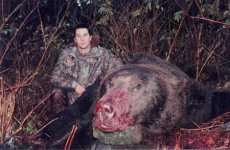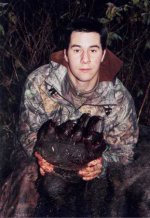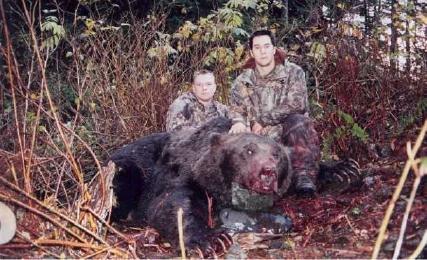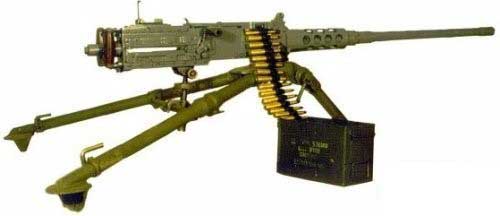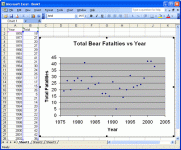Predatory bear
A hunter killed a large Grizzly that attacked him. He didn't know that the bear had recently killed and eaten a hiker. Think his rifle was a .338 or .375--a choice that likely saved his life. Took more than one shot to stop him, but he was able to operate the bolt and get the job done in time--barely.
The hiker was able to put a .38 slug into the bear immediately before his death. Maybe a slug loaded 12 ga. would have been a life saver, but you can see from the pictures why you'd want to choose a deep penetrating slug and have some quick follow-up shot capability.
Maybe an administrator could comment on the appropreateness of posting the picture of a partially eaten hiker as testimony to what happens when inadequately armed human meets huge predatory Grizzly. Don't want to violate any board rules, so I'll leave it out for now, although the pictures have been on the net and some of you may have seen them.
A hunter killed a large Grizzly that attacked him. He didn't know that the bear had recently killed and eaten a hiker. Think his rifle was a .338 or .375--a choice that likely saved his life. Took more than one shot to stop him, but he was able to operate the bolt and get the job done in time--barely.
The hiker was able to put a .38 slug into the bear immediately before his death. Maybe a slug loaded 12 ga. would have been a life saver, but you can see from the pictures why you'd want to choose a deep penetrating slug and have some quick follow-up shot capability.
Maybe an administrator could comment on the appropreateness of posting the picture of a partially eaten hiker as testimony to what happens when inadequately armed human meets huge predatory Grizzly. Don't want to violate any board rules, so I'll leave it out for now, although the pictures have been on the net and some of you may have seen them.

